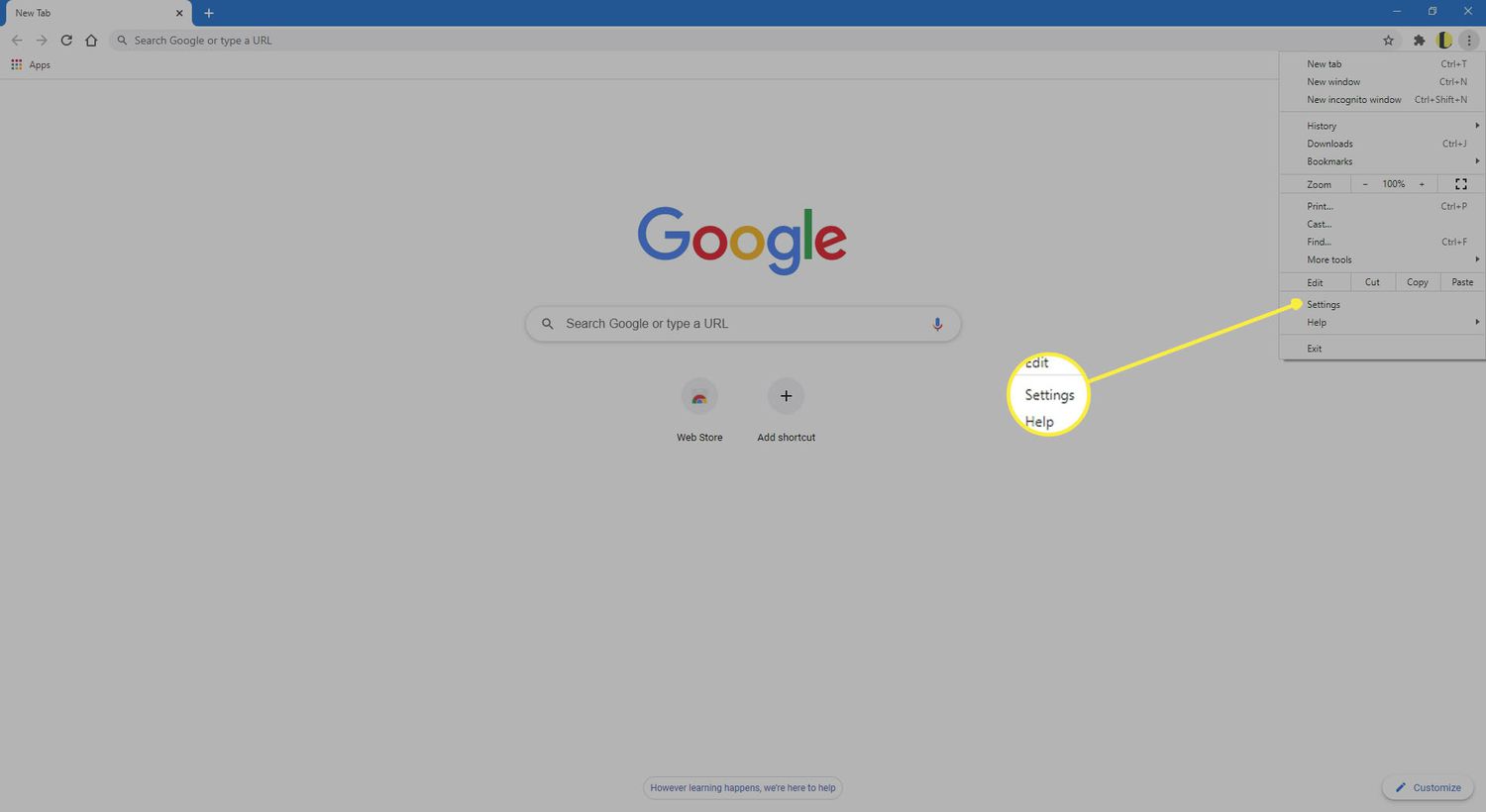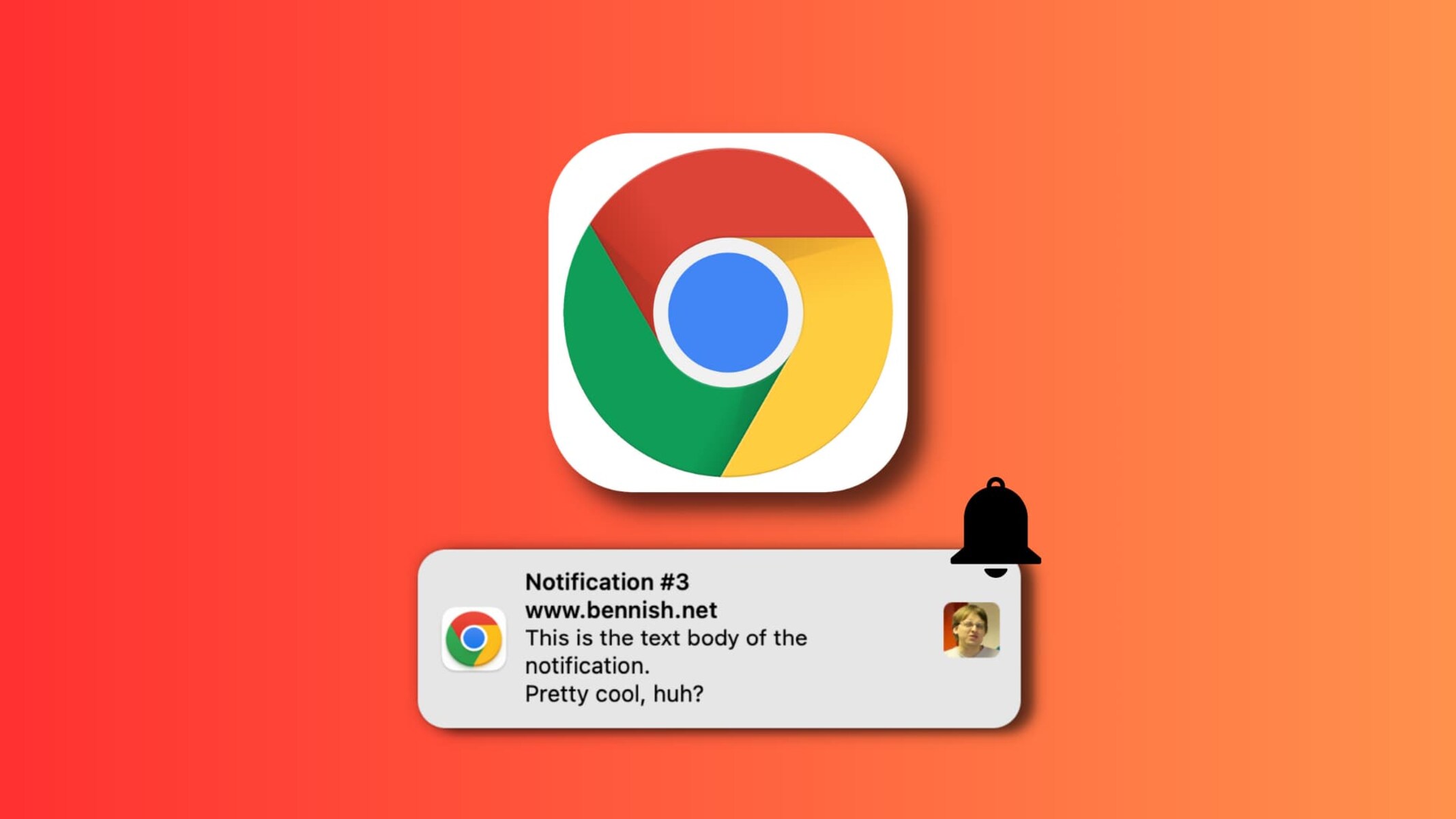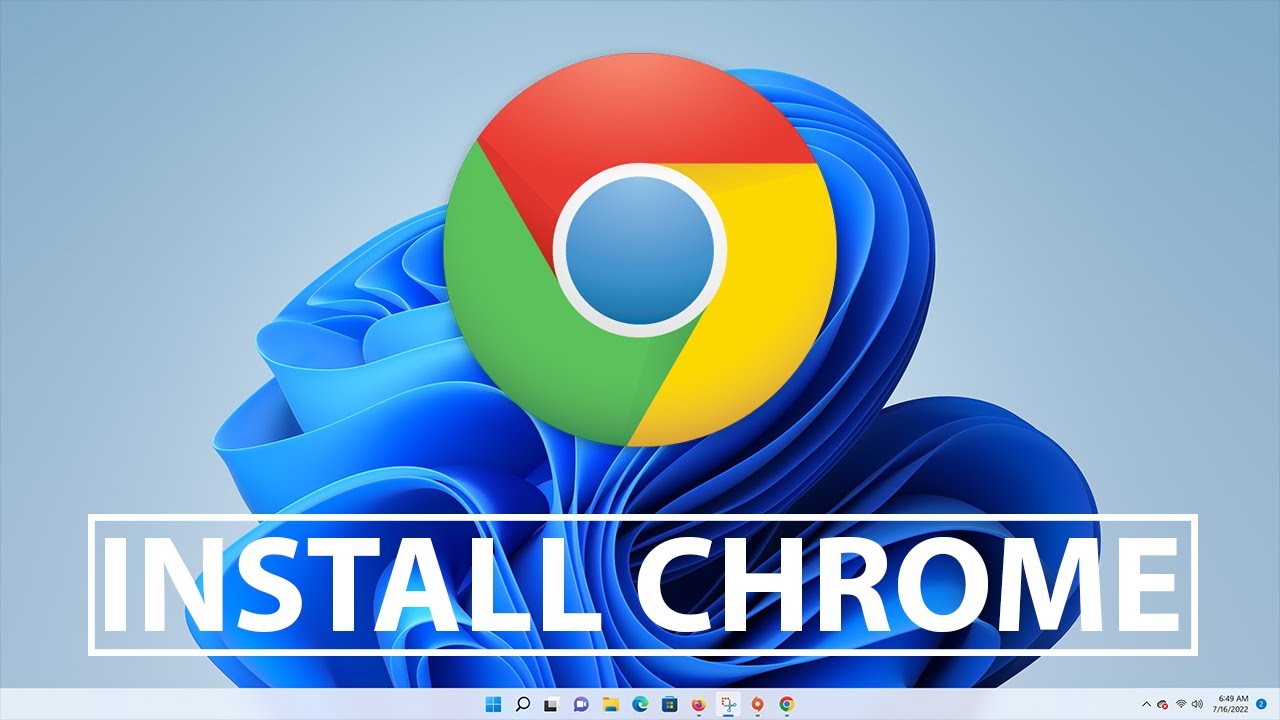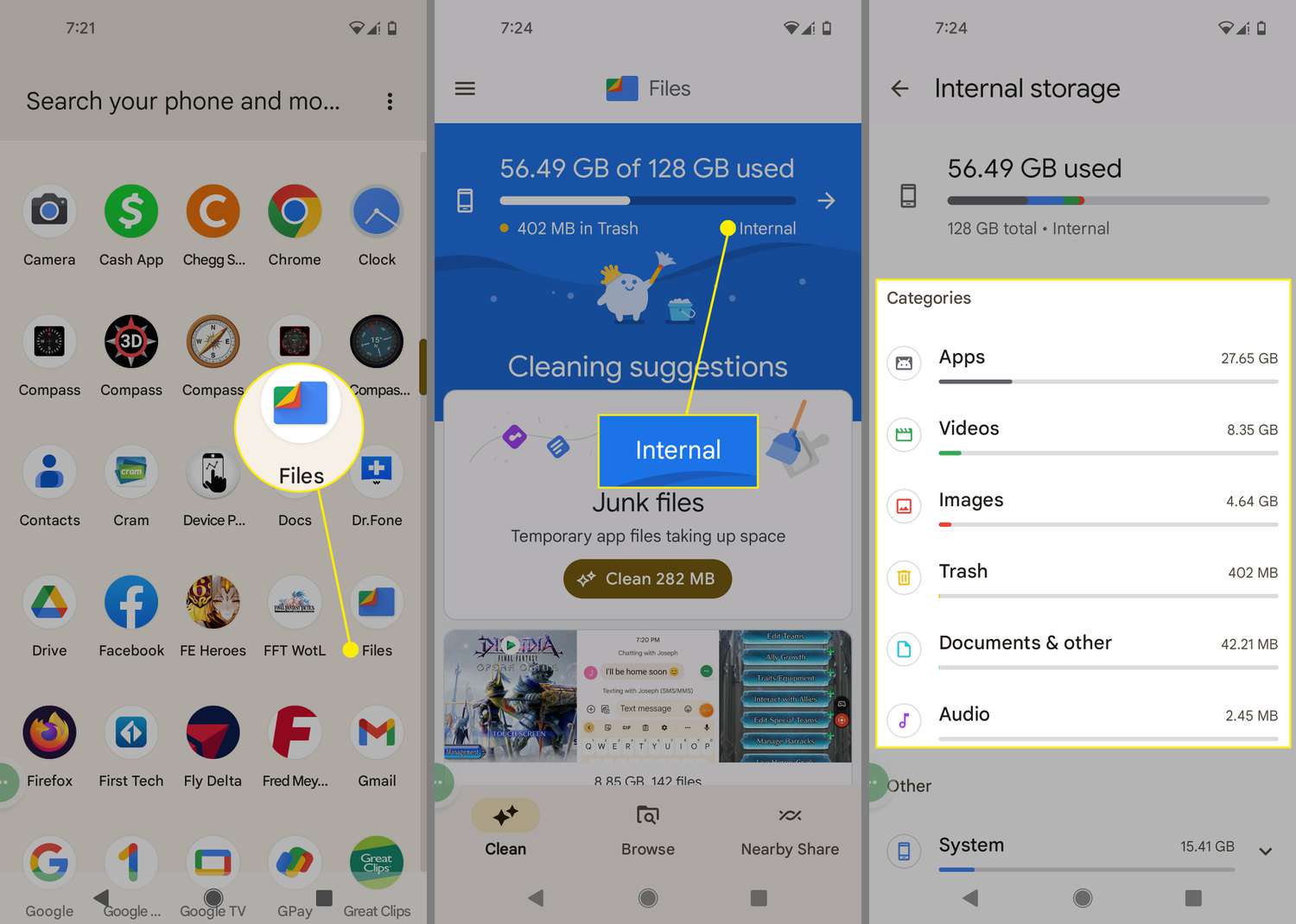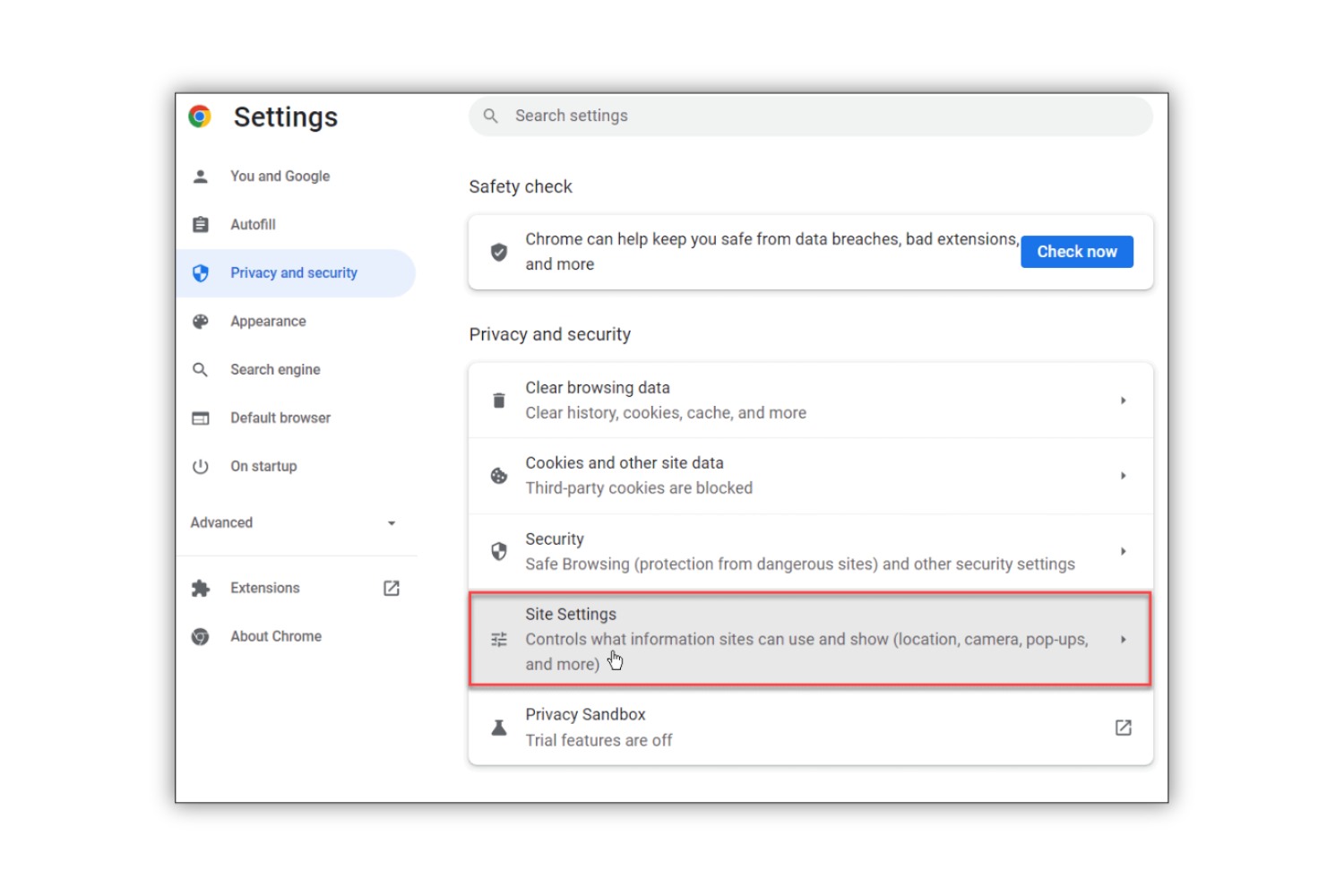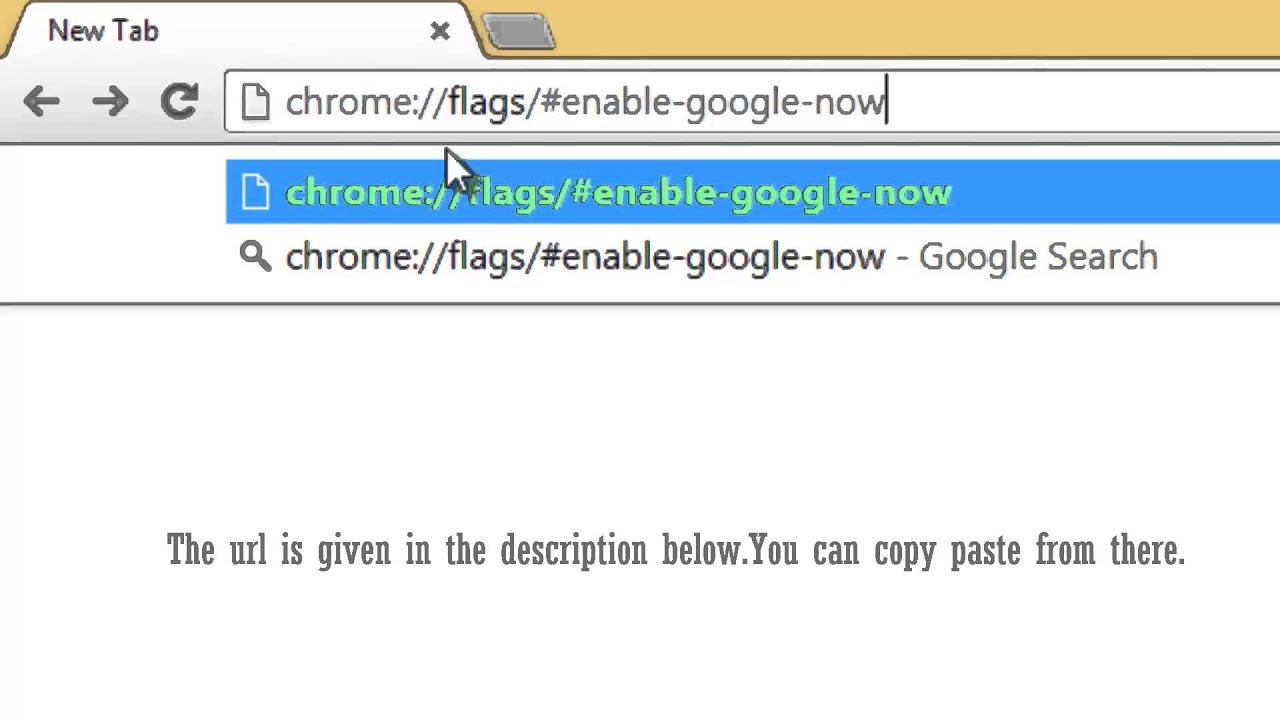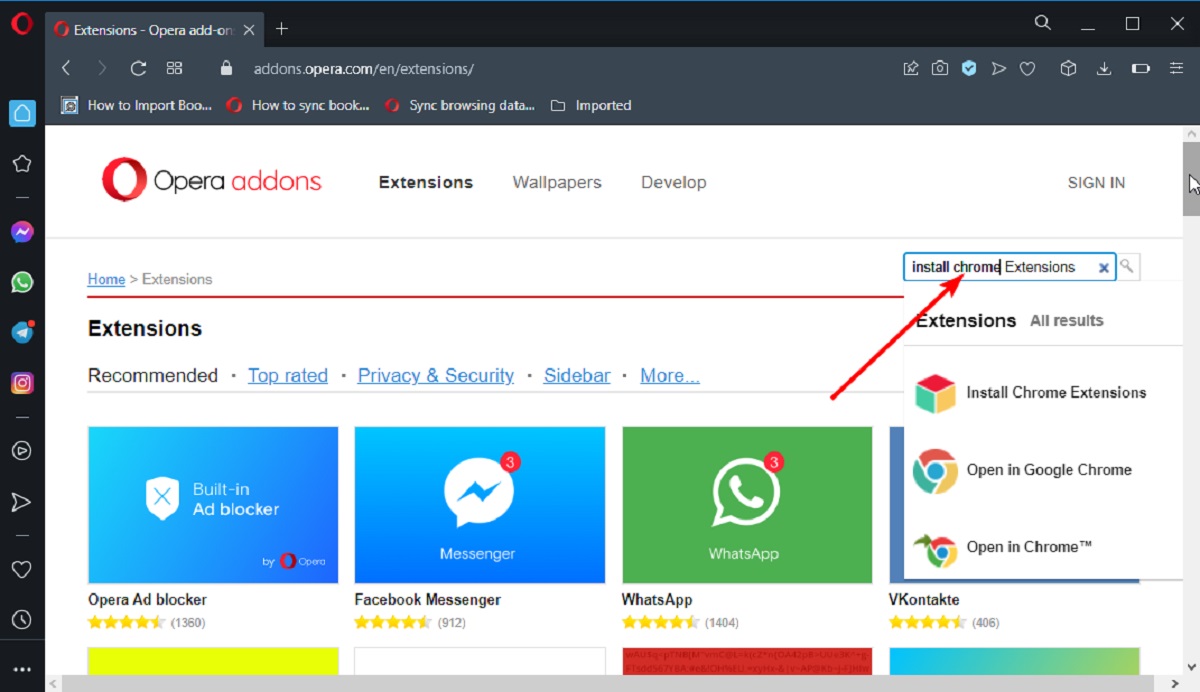Introduction
Chrome notifications are a handy feature that keeps you informed about important updates, messages, and events without having to constantly check your browser. Whether it's a new email, a calendar reminder, or breaking news, Chrome notifications provide real-time alerts right on your desktop, ensuring that you stay connected and up-to-date with the latest information.
By allowing websites and extensions to send notifications, Chrome enhances user experience by delivering timely and relevant updates. This feature is particularly useful for staying on top of time-sensitive tasks and staying connected with your favorite websites and services.
In this article, we will explore the ins and outs of Chrome notifications, including how to enable them, manage their settings, customize their appearance, and troubleshoot any issues that may arise. Whether you're a seasoned Chrome user or just getting started, understanding how to make the most of Chrome notifications can greatly enhance your browsing experience and productivity.
So, if you're ready to take control of your Chrome notifications and ensure that you never miss an important update again, let's dive into the world of Chrome notifications and discover how to harness their full potential.
Enabling Chrome Notifications
Enabling Chrome notifications is a straightforward process that allows you to receive real-time alerts from websites and extensions directly on your desktop. By granting permission to specific websites and applications, you can stay informed about important updates, messages, and events without constantly checking your browser. Here's how to enable Chrome notifications:
-
Website Notifications:
- When you visit a website that offers notifications, Chrome may prompt you to allow or block notifications from that site. You can also manually enable notifications for a specific website by following these steps:
- Click on the padlock icon next to the website's address in the address bar.
- In the dropdown menu, locate the "Notifications" option and select "Allow" from the dropdown list.
- When you visit a website that offers notifications, Chrome may prompt you to allow or block notifications from that site. You can also manually enable notifications for a specific website by following these steps:
-
Extension Notifications:
- If you have installed extensions that offer notifications, you can enable them by accessing the extension's settings. Here's how:
- Click on the puzzle icon (Extensions) in the top-right corner of the browser.
- Find the extension for which you want to enable notifications and click on its icon.
- Look for notification settings within the extension's options and ensure that notifications are enabled.
- If you have installed extensions that offer notifications, you can enable them by accessing the extension's settings. Here's how:
-
Chrome Settings:
- You can manage notification settings for all websites and extensions in Chrome's settings:
- Click on the three-dot menu in the top-right corner of the browser and select "Settings."
- Scroll down and click on "Privacy and security" in the left-hand menu.
- Select "Site settings" and then "Notifications."
- Here, you can manage permissions for all websites and extensions that request notification access.
- You can manage notification settings for all websites and extensions in Chrome's settings:
By following these steps, you can easily enable Chrome notifications for websites and extensions, ensuring that you stay connected and informed about the latest updates and events. Once enabled, you'll start receiving timely alerts directly on your desktop, enhancing your browsing experience and keeping you in the loop with important information.
Managing Chrome Notifications
Once you've enabled Chrome notifications, it's essential to understand how to manage them effectively to ensure a seamless browsing experience. Managing Chrome notifications involves controlling the settings, handling incoming alerts, and organizing the notifications based on your preferences. Here's a detailed look at how to manage Chrome notifications:
Notification Settings
Chrome provides granular control over notification settings, allowing you to tailor the experience to your specific needs. To access notification settings:
- Click on the three-dot menu in the top-right corner of the browser and select "Settings."
- Scroll down and click on "Privacy and security" in the left-hand menu.
- Select "Site settings" and then "Notifications."
Within the notification settings, you can:
- View a list of websites and extensions with notification permissions.
- Block or allow notifications for specific sites and extensions.
- Customize notification behavior, such as allowing notifications to appear silently or disabling them altogether.
Handling Incoming Notifications
When a notification arrives, it appears in the bottom-right corner of your screen. You can interact with the notification in several ways:
- Click on the notification to open the associated website or application.
- Dismiss the notification by clicking the close (X) button.
- Take action directly from the notification, such as replying to a message or dismissing a reminder.
Organizing Notifications
Chrome allows you to organize notifications based on your preferences and priorities. You can:
- Group notifications by website or application, making it easier to manage multiple alerts.
- Prioritize notifications from specific sites or extensions by marking them as important.
- Clear notifications individually or in bulk to declutter your notification center.
Notification Center
Chrome features a notification center where you can view and manage all incoming notifications in one place. To access the notification center:
- Click on the system tray in the bottom-right corner of your screen.
- Select the bell icon to open the notification center.
Within the notification center, you can:
- Review past notifications that you may have missed.
- Take action on notifications, such as responding to messages or acknowledging alerts.
By effectively managing Chrome notifications, you can streamline your browsing experience, stay informed about important updates, and minimize distractions from irrelevant alerts. Understanding how to control notification settings, handle incoming alerts, and organize notifications according to your preferences empowers you to make the most of Chrome's notification feature, enhancing your productivity and engagement with online content.
Customizing Chrome Notifications
Customizing Chrome notifications allows you to tailor the appearance and behavior of alerts to suit your preferences and needs. By personalizing the way notifications are displayed and handled, you can optimize your browsing experience and ensure that important updates stand out while minimizing distractions from less critical alerts. Here's a detailed exploration of how to customize Chrome notifications to align with your individual requirements.
Appearance and Sound
Chrome offers various options for customizing the appearance and sound of notifications. To access these settings:
- Click on the three-dot menu in the top-right corner of the browser and select "Settings."
- Scroll down and click on "Privacy and security" in the left-hand menu.
- Select "Site settings" and then "Notifications."
Within the notification settings, you can customize the following aspects:
- Allow Notifications: Toggle this setting to enable or disable notifications globally.
- Sound: Choose whether notifications should play a sound when they arrive.
- Vibration: If you're using a compatible device, you can opt to receive vibration alerts for notifications.
Quiet Notifications
Chrome allows you to enable quiet notifications, which are delivered silently without interrupting your workflow. Quiet notifications are particularly useful for non-urgent updates that you want to receive without causing a disturbance. To enable quiet notifications:
- Access the notification settings as described above.
- Locate the option for quiet notifications and enable it.
Notification Banners
You can customize how notification banners appear on your screen, including their size and duration. To adjust notification banner settings:
- Access the notification settings as described above.
- Look for options related to notification banners, such as size and duration.
- Customize these settings to ensure that notification banners are displayed in a manner that suits your preferences and doesn't obstruct your view.
Notification Grouping
Chrome allows you to group notifications from the same website or application, making it easier to manage multiple alerts from a single source. Grouping notifications helps to declutter your notification center and provides a more organized view of incoming alerts. To enable notification grouping:
- Access the notification settings as described above.
- Look for options related to notification grouping and configure them according to your preferences.
By customizing Chrome notifications, you can create a tailored notification experience that aligns with your browsing habits and workflow. Whether it's adjusting the appearance and sound of notifications, enabling quiet alerts, customizing notification banners, or organizing notifications into groups, Chrome provides the flexibility to personalize the notification feature to suit your individual needs. This level of customization empowers you to stay informed while minimizing disruptions, ultimately enhancing your overall browsing experience.
Troubleshooting Chrome Notifications
Despite the convenience and utility of Chrome notifications, you may encounter occasional issues that disrupt the seamless delivery of alerts. Understanding how to troubleshoot Chrome notifications can help you address common problems and ensure that you continue to receive timely updates and alerts without interruptions. Here's a comprehensive guide to troubleshooting Chrome notifications:
Check Notification Settings
Start by reviewing the notification settings in Chrome to ensure that notifications are enabled for the websites and extensions from which you expect to receive alerts. Access the notification settings by clicking on the three-dot menu in the top-right corner of the browser, selecting "Settings," navigating to "Privacy and security," and then clicking on "Site settings" followed by "Notifications." Verify that the relevant sites and extensions have permission to send notifications, and make adjustments as needed.
Clear Browser Cache and Cookies
Outdated browser cache and cookies can sometimes interfere with the proper functioning of Chrome notifications. Clearing the browser cache and cookies can help resolve potential conflicts and ensure that notifications are delivered as intended. To clear the cache and cookies, go to Chrome's settings, click on "Privacy and security," select "Clear browsing data," and choose the appropriate time range and data types to clear.
Update Chrome and Extensions
Keeping Chrome and its extensions up to date is crucial for maintaining optimal performance, including the delivery of notifications. Check for available updates for Chrome by clicking on the three-dot menu, selecting "Help," and then clicking on "About Google Chrome." Additionally, ensure that all installed extensions are updated to their latest versions to mitigate any compatibility issues that may affect notification delivery.
Disable Conflicting Extensions
Certain extensions may conflict with Chrome's notification system, leading to disruptions in alert delivery. Temporarily disable extensions one by one to identify if any specific extension is causing notification issues. To disable an extension, click on the puzzle icon (Extensions) in the top-right corner of the browser, locate the extension to be disabled, and toggle it off.
Reset Chrome Settings
If troubleshooting individual components does not resolve notification issues, consider resetting Chrome settings to their default state. This can help eliminate any underlying configuration conflicts that may be impacting notification delivery. To reset Chrome settings, go to Chrome's settings, click on "Advanced," select "Reset and clean up," and choose "Restore settings to their original defaults."
By following these troubleshooting steps, you can address common issues related to Chrome notifications and ensure that you continue to receive timely alerts and updates without disruptions. Understanding how to troubleshoot notification problems empowers you to maintain a seamless browsing experience and stay connected with the latest information and events.







